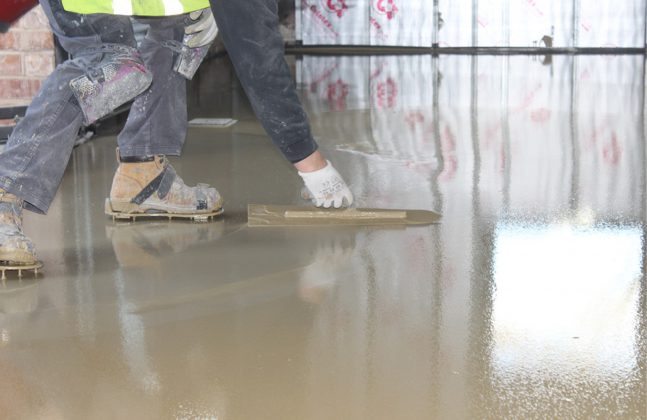Traditionally, levelling screeds were simply a semi dry mix of OPC cement & sharp screeding sand. They were regularly used to overcome the issue of a structural slab with a surface too rough or uneven to apply the floor finish to directly. This could be either a new concrete slab with an unacceptable finish or the refurbishment of an existing building where the floor’s surface may have been damaged during the working lifetime of the building.
Over time, semi dry screeds have evolved to include specialist proprietary screeds with predictable properties including higher compressive strength values and shorter drying times. Sand and cement based screeds still represent the overwhelming majority of screeds installed in buildings today.
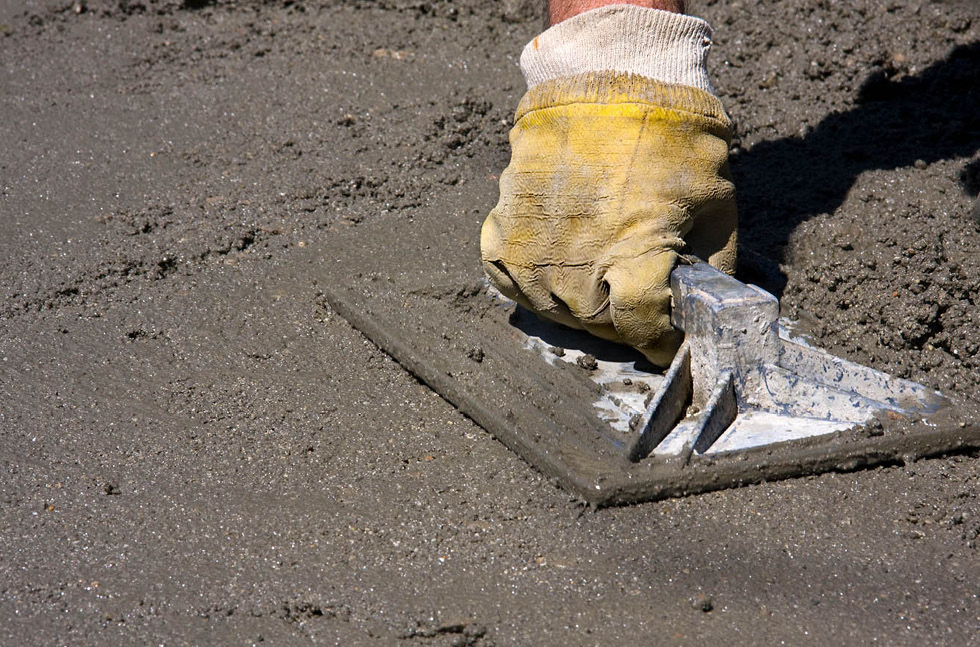
Sand and cement based screeds still represent the majority of screeds installed today
Similarly self smoothing or self levelling liquid screeds have also been developed as an alternative to semi dry screeds, although both types have distinctive advantages and disadvantages. Self levelling screeds are typically available in two differing formulations based on either cementitious or calcium sulphate/anhydrite based materials.
As the name suggests, liquid self levelling screeds are flowing screeds and are particularly suited for installation by pump over large areas. By this method, screeding rates of up to 1000 sq.metres per day are not uncommon. In contrast, semi dry screeds are generally installed by hand at rates typically of around 125 – 150 sq.m per day, although specialist automated screeding machines are available which may increase this to around 500 sq.m per day.
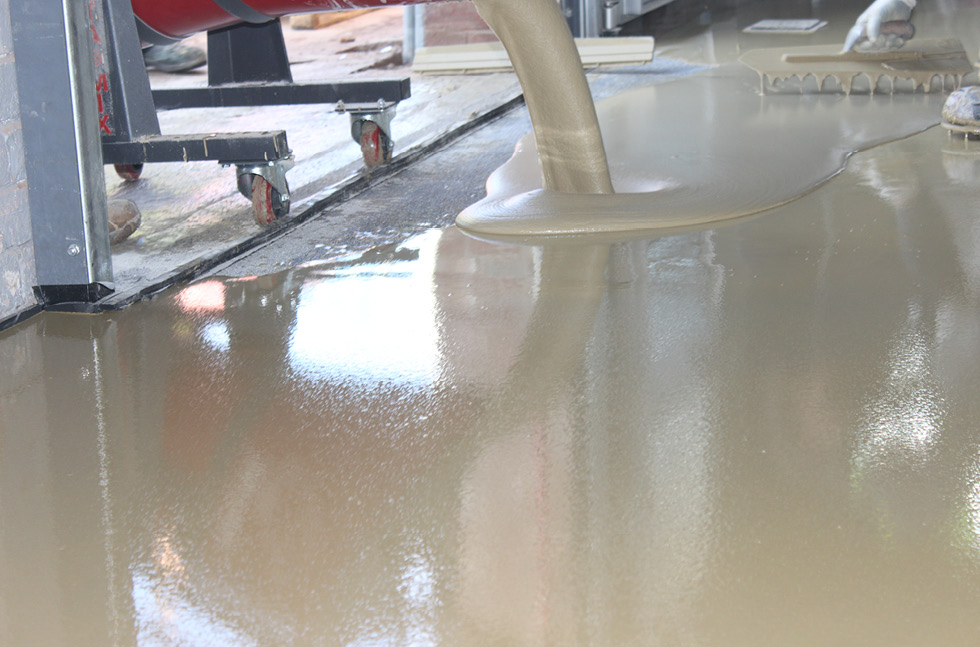
Liquid screeds are not suitable to areas exposed to water
Being liquid flowing screeds, self levelling screeds are unsuitable for areas where falls are required in order to form ramps, or for drainage in wet areas such as shower rooms and wet changing facilities in leisure centres etc. In addition, certain types of self levelling screeds are not suited for these types of applications because of their unsuitability for exposure to water.
Thickness
One major difference between semi dry and self levelling screeds is the thickness.
Semi dry screeds are typically installed at greater thicknesses, typically 65 – 75 mm although this can vary depending on how the screed is to be installed i.e. bonded, unbonded or floating on insulation.
With the exception of calcium sulphate based screeds, liquid self levelling screeds are generally unsuitable for use in unbonded or floating applications. However there are a small number of proprietary fibre reinforced self levelling screeds incorporating a glass fibre mesh which are suitable for these types of applications, and can include suitable underfloor heating systems if required.
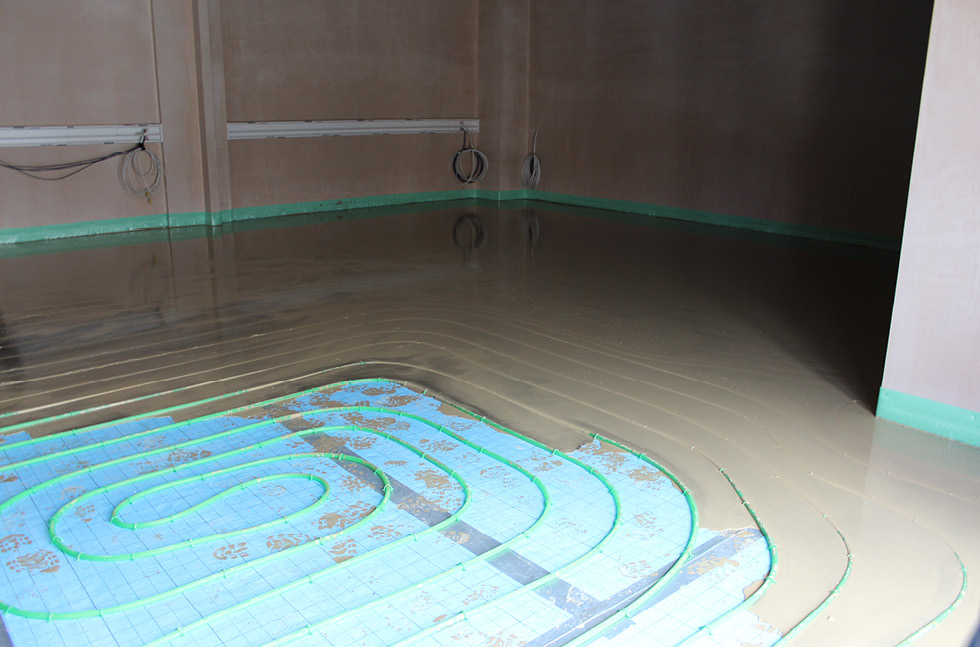
Underfloor heating systems can be coated with
As self levelling screeds generally allow the installation of thinner screeds they can be particularly cost effective for these types of areas but may be considerably more expensive than sand and cement based screeds when installed at greater thicknesses.
Mixing/Batching of Screed
Cementitious self levelling screeds are normally mixed on site using a trailer mounted continuous mixer pump and then pumped to the required location through a hose. For smaller areas this may be mixed by hand using a drill and paddle/spinner attachment.
Calcium sulphate based liquid screeds can be supplied to site ready mixed and ready for use or by use of a silo based system situated on site.
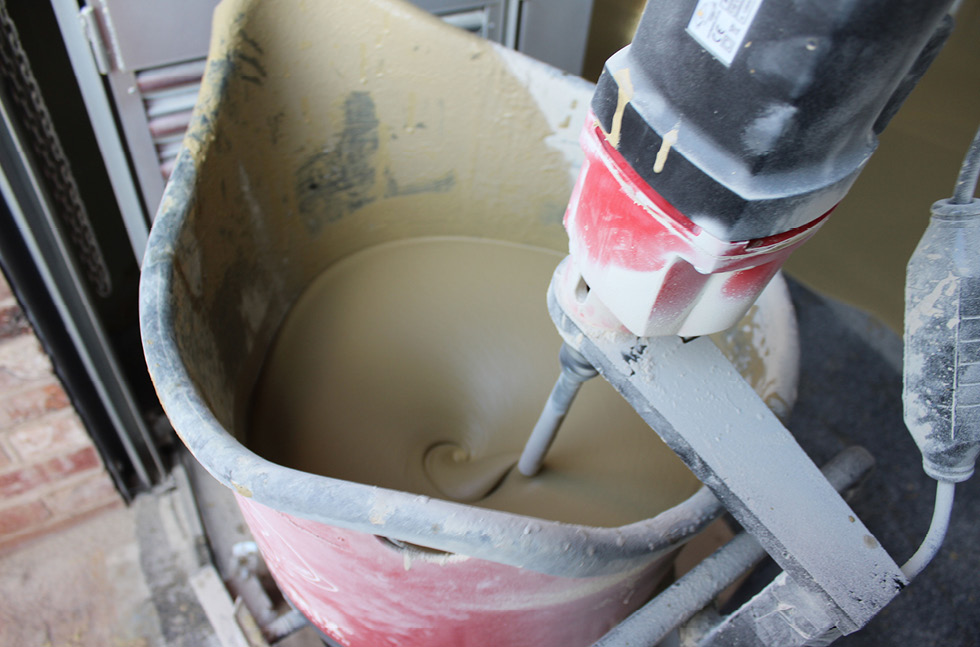
Screed mixing can be done in site or can arrive pre-mixed
Semi dry screeds are commonly mixed/batched on site, either immediately adjacent to the areas being screeded or from a central mixing station from where the screed is pumped, as a semi dry material, to the required location. Semi dry solutions can also be delivered to site ready mixed in tipper trucks from a suitable local, ready mixed concrete or mortar plant. However if this method is used the screed will be likely to require the addition of a retarder to ensure that it retains its workability throughout the installation period.
Placement/Compaction
Self levelling screeds are self compacting and don’t require any physical compaction other than the use of dapple bars to aid the self levelling process. In addition, the use of spiked rollers can assist in removing any entrapped air and reduce the risk of pin holing.
Self levelling screeds can also be installed to very tight level requirements using tripod levelling systems & laser levels. Even tighter level tolerances can be achieved by the use of a grid of flat headed screws set into the base with the screw heads acting as a datum level for the screed.
Semi dry screeds need to be fully compacted in order to ensure that any air voids etc are eliminated which could result in localised weakness of the screed. This is carried out manually using hand rammers etc unless automated screeding equipment is employed.
Drying
Screeds are generally regarded as being dry when their moisture content has fallen to a level of 75% RH or below. At this point they are then suitable to receive moisture sensitive floor finishes such as vinyl etc. Because self levelling screeds are generally thin they tend to have shorter drying times. As an example a 5 – 10 mm cementitious self levelling smoothing screed could be sufficiently dry to receive vinyl flooring after 24 hours, whilst a 75 mm thick traditional sand & cement screed would take a minimum of 75 days even under ideal drying conditions.
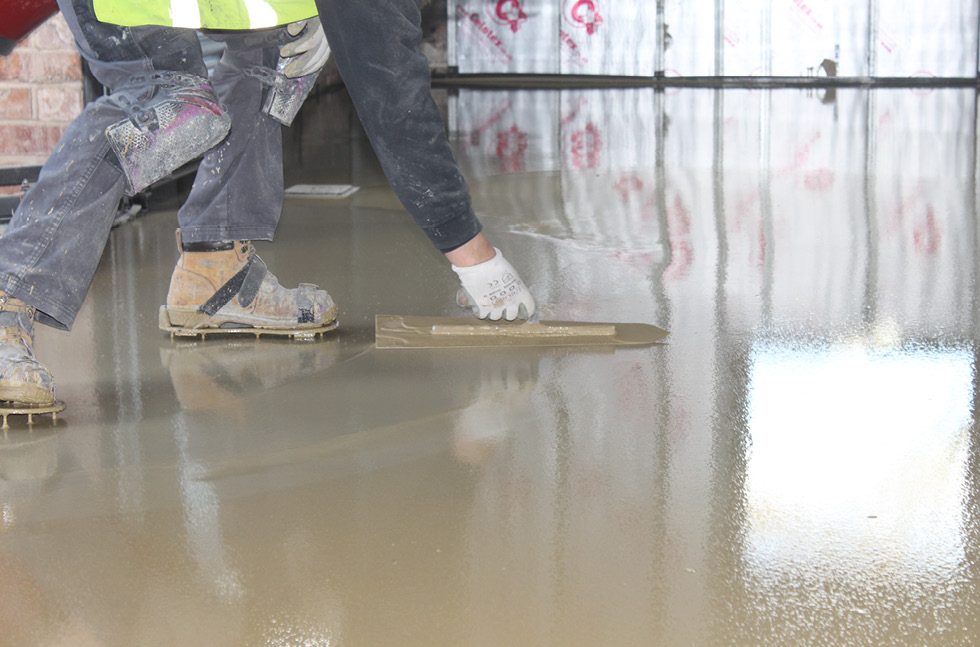
Drying times cary depending on the type of screed used and at what thickness
However the use of proprietary water reducing additives can reduce the drying times of sand & cement based screeds dramatically, as can choosing rapid drying solutions.
Conclusion
The choice of which type of screed is most suitable for a project will depend on many of the factors. There is no “one screed fits all option” and often a project will have a variety of different screed types for different areas. Therefore manufacturers which supply a wide range can give more unbiased advice when compared to manufacturers supplying a single type.
If you’d like any more information on the above, please feel free to leave a comment below.

